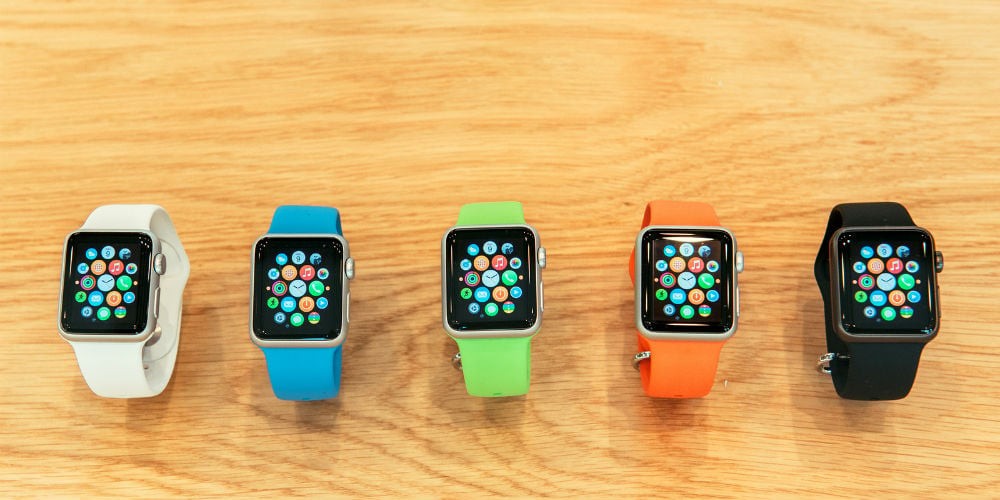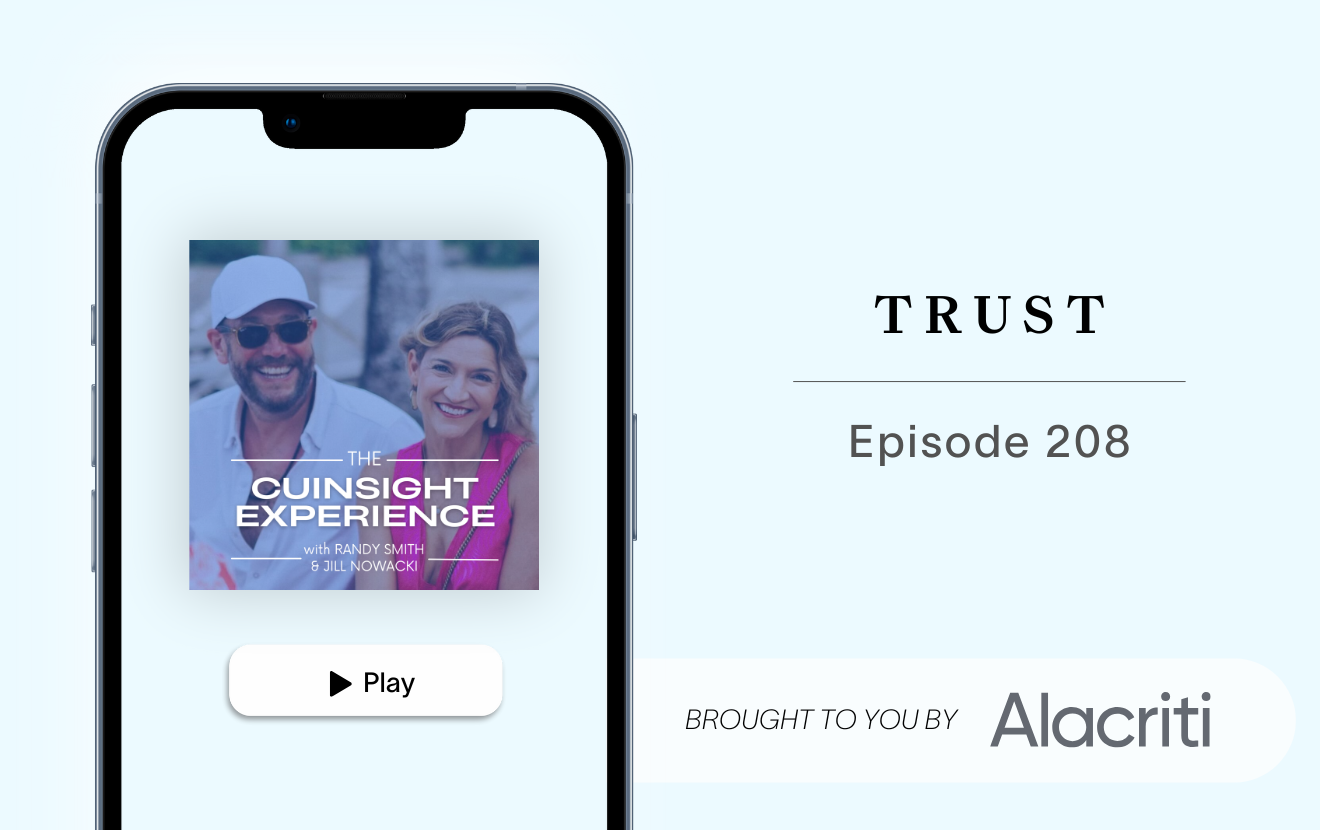It’s hard to believe that nearly three years has passed since Apple surprised the mobile payments world by stating that iPhone 6 users can make payments with the touch of a finger, beginning on October 20, 2014. About 500 credit unions and banks were among the initial issuers who agreed to a three-year term to participle, meaning their contracts are coming up for renewal. Many financial institutions signed on shortly thereafter. According to PYMNTS.com, the terms of the contract required the issuers to give up to Apple a half penny for every debit transaction or 0.15 percent of every credit transaction conducted through Apple Pay. These fees were over and above charges already assessed by the card networks and the processors. But those financial institutions, mostly larger or forward-thinking credit unions and banks, wanted to be on the forefront of what was highly touted to be the evolution to the long-awaited “year of the mobile payments.”
Much has transpired since then. First, while awareness was high, primarily due to the Apple cachet, and initial adoption by Apple users was and continues to be reasonable, 29% for Apple Pay versus 23% for Visa Checkout, according to paymentssource.com, but repeat usage at the point-of-sale remains anemic. According to the study, only 1 in 20 Apple users who could have used it, did so after the initial experience. So, if issuers feared a huge outflow of dollars to Apple for their cut of each credit and debit transaction, those fears were unfounded.
But in the past three years, three more subtle changes started and are continuing. First, Apple Pay has seen its greatest success stories in-app and in-browser. eCommerce merchants have always grappled with cart abonnement. Likewise, mobile ordering apps should incent potential users to overcome the hassle of entering a card number, the expiry, the CVV, and possibly wait for a confirmation code from the issuer authenticating the card. Apple Pay eliminates all of that, as Apple said in their initial press statement, “with the touch of a finger”. Many survey respondents, when asked if they have used Apple Pay in stores recently, may not even be thinking about how often they used Apple Pay on their mobile to pay for Uber or Lyft, Grubhub, Dunkin Donuts, myDisneyExperience, Bestbuy.com or any of the literally hundreds of apps and browsers. And the second change is that many merchants, typically alongside an upgrade to the point-of-sale terminal to accept EMV chip cards, have also been putting in place NFC acceptance, meaning Apple Pay can be accepted there as well. More specifically, the Wall Street Journal reported that “a tipping point for Apple Pay could be imminent. Currently, it's estimated that about one third of U.S. retailers support the NFC-based payment service.” The third change is at the ATM. Wells Fargo announced support of Apple Pay in 2017, while Bank of America previously announced support for Apple Pay at select ATMs. This enables debit cardholders of those respective banks to withdraw money by selecting the debit card in Apple Play, if it’s not the default, and then tapping the phone at the ATM to complete the withdrawal. A side benefit is that it eliminates the threat of skimmers obtaining card data.
Should a credit union whose Apple Pay contract is coming up for renewal drop support, or continue? While it is an individual decision for each credit union, the answer should be – continue. Apple Pay adoption continues to grow, members are becoming accustomed to paying in-app by swiping a finger over the home button, and if a credit union drops support for Apple Pay, the member won’t change their buying habit, but they certainly will change the card that enables that purchasing habit. That’s a risk not worth taking.








